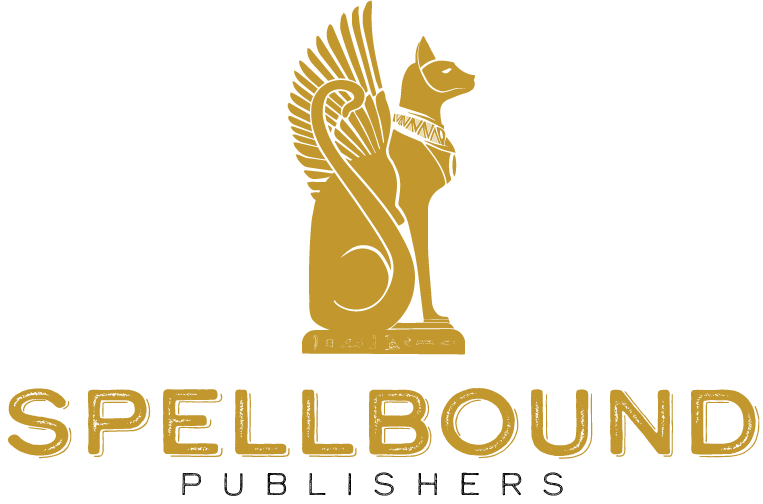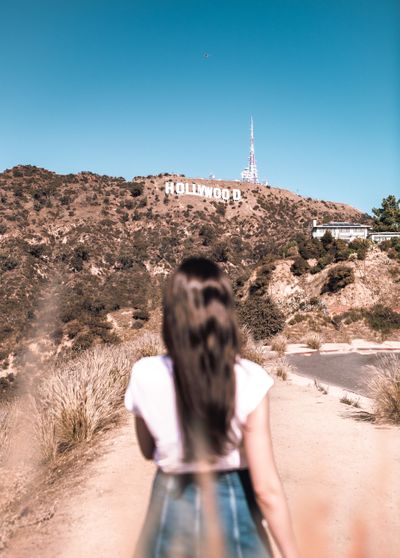Getting on the bestseller list is every author’s dream, but how does it work? I’ve deconstructed the mystery behind getting a spot on the top three most sought after bestseller lists: The New York Times, The Wall Street Journal, and Amazon. First, you need to understand the two critical factors that create the perfect environment for a book to make it on a bestseller list: how sales get counted and which sales get counted.
Sales are recorded weekly, from Monday to Sunday. All sales during this seven-day period are added up and compared against other sales that week to determine who has sold the most, and therefore the ranking of the bestseller list. This is why your first week is so important to launching you on the list—and why all authors seeking bestselling placement should have a strong pre-order plan.
Unique sales matter—bulk sales do not count. You cannot simply have a friend order thousands of books on your launch date and hope to make it to the bestseller list. Also, the timing of sales has to do with when your book is actually purchased, but it’s different for different outlets. For example, if a customer buys your book from the bookstore, that sale is counted the day they purchased the book. But if the customer buys from Amazon, it counts when the book actually ships. If someone has pre-ordered your book, the sale counts only when it has been fulfilled. So it can really help your numbers if you have, say, 500 pre-orders that count on the day your book is released, along with all your other sales. Ebooks are counted when they are delivered to the reading device.
What are your sales strategies for making a big splash during your launch week? Here are a few programs you can consider when making your ascent to the bestselling lists:
Extensive pre-sales campaigns through newsletters and social media
Launch to a large, existing audience / fan-base at a heavily trafficked store
Let the press know why your launch is newsworthy (media attention helps sales)
The New York Times is, admittedly, an editorial based list that is typically biased against certain types of books. They do not make public how they decide which books make the cut, but we know they count mostly sales from physical bookstores and weigh them differently according to the region where they were sold. Independent bookstore sales are weighted more heavily, for example. And if you work for the Times, you’re more likely to hit the list. The bestsellers on this list have sold 5-10k in one week through indie stores. Know that contrary to what I said earlier, some bulk sales are counted, which manipulates the system.
The Wall Street Journal obtains its sales numbers from Nielson Bookscan. They do accept independently published books, but they do not count bulk sales. Their sales requirement for hardback books is 3,000.
Amazon is the most transparent of all the bestseller lists. Their sales lists are updated hourly, but it takes about eight hours to be reflected, which is exciting when you’re watching the numbers rise during your launch week. However, Amazon does not include pre-orders; they only count real-time sales during your week. So if you’re aiming to make the Amazon bestseller list, you want to find a category that is related, but obscure enough to where your sales can beat the current number one in that category. Then, you want to focus all of your marketing efforts for people to buy your book on the same day in an eight-hour window. Some authors will drop the price of their book for one day only to help encourage a spike in sales on a specific day, and then market this sale to their audience across all of their social media platforms and newsletters.
The ups? Many authors appreciate the ability to get an Amazon bestselling badge, then use it on the cover of their book, their website, and in their portfolios to help make more sales, grab media attention, set up signing events, and further their career. The downs? The badge is nice, but the money doesn’t always add up, especially if you’re reducing the price to increase sales numbers. If you want help getting your book on the Amazon bestselling ranking, email Tiffany@AuthorSourceMedia.com and I will get the job done.
Now that you have the nuts and bolts of the system, let me break it to you: There is no true bestseller list, because there is no way to properly track all books sold, and the rules are always changing. The FCC doesn’t regulate the term “bestseller,” which means it’s possible for anyone to call themselves a bestseller. Moreover, each list has to decide which tracking method they want to use towards their list, as well as if they want to handpick some of the books due to editorial taste rather than sales numbers. It’s also nearly impossible to hit the lists if you are not under the caring wing of a traditional publisher. That doesn’t mean you shouldn’t have bestselling goals, but it should help put into perspective how you need to approach your sales and marketing plan (I can help with this; just email me Tiffany@SpellboundPublishers.com for a free marketing strategy call).
Know this: Most authors sell 250 copies or less on their first book in their first year. Most of them will sell 50-2000 throughout the book’s lifetime. Hitting a bestselling list the natural way takes an active audience, an engaged managing editor, and a really wonderful work of literary art.
So before we go, I want you to consider what your reasons are for wanting to be an official bestseller. Are you motivated to get on the bestseller list to increase sales, attract more speaking gigs, get an advance on your next book, feel a sense of fulfillment? If you get a bestselling ranking, remember it’s only for that week. The sales week resets on Monday, so you’re always sent back to grind your sales. Making sure you’re in touch with what you really want (fame, fortune, sales, income, freedom, etc.) will help you define your success much better than a bestselling title, but having the title sure wouldn’t hurt.

